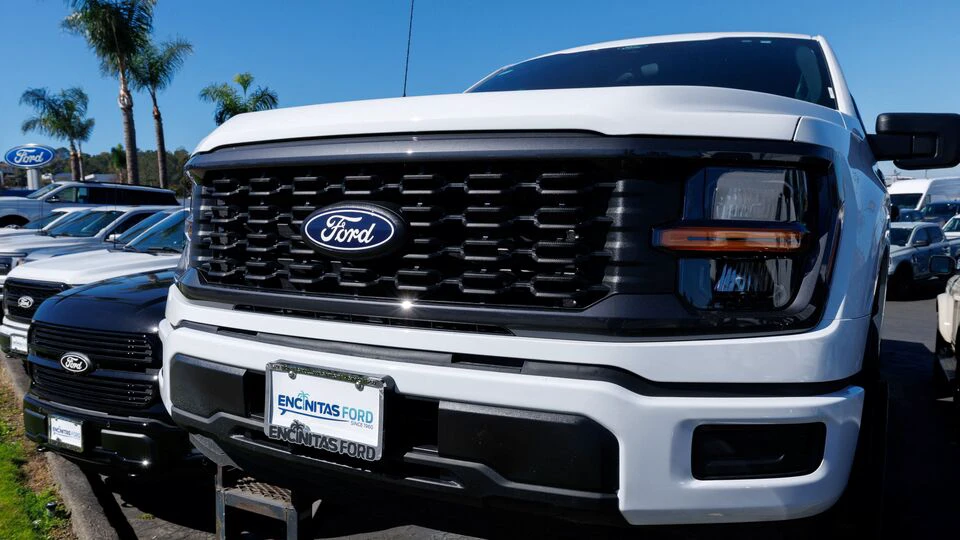Japan’s most popular truck is most likely the tiny white transport vehicles used by farmers to navigate narrow roads and small farm plots.
Japanese Prime Minister Sanae Takaichi, however, opted for another truck to build a strong relationship with US President Donald Trump during his visit to the Asian country, according to a report by AP.
Takaichi, aiming to strengthen economic relations with the world’s biggest economy and build a strong rapport with Trump, arranged US-made cars, including a large American Ford F-150 truck, in the courtyard of the Akasaka Palace, where the leaders held their initial talks on Tuesday.
Known to be a fan of the Ford F-150, Trump has responded favourably to the idea that the Japanese government will most likely buy dozens of the pickups.
He also complained about the lack of US-made cars in Japan and highlighted the strict vehicle safety standards of the Asian country.
Trump met Japan’s newly chosen Prime Minister Takaichi in Tokyo today. The two leaders signed a framework for securing the supply of critical minerals and rare earths.
Why does Japan have fewer American vehicles?
The reason for fewer American vehicles in Japan may, however, be due to practical concerns such as local tastes, the conditions and size of roads, and marketing. These trucks are typically too big for Japanese roads. Notably, Japan is smaller than California, there is limited parking and many streets here are very narrow.
What do Japanese consumers like?
Most consumers in Japan prefer compact or mini cars that can easily navigate crowded and narrow roads. The consumers who can afford luxurious foreign cars seem to opt for compact or medium-size vehicles from Europe, such as Mercedes-Benz, BMW, Volkswagen, and Audi.
According to the Japan Automobile Importers Association, the top-selling American brand is Jeep, except for American-produced Japanese cars such as Honda, Mazda, and Nissan.
Most American cars have steering on the left, unlike Japan where steering is typically on the right, matching the side of expressway toll booths. Additionally, lower mileage, limited maintenance options, and sparse service networks contribute to American brands, except for Jeep, facing challenges in Japan.
“Why don’t American cars sell well in Japan? Because they lack understanding for road conditions and housing situations, as well as energy conservation,” former Prime Minister Shigeru Ishiba told parliament in April.
Even though Trump likes the idea of having more American cars in Japan, it remains unclear how the government will respond to it.
As Trump learned about the Ford truck plan during his flight to Asia on Air Force One, he responded enthusiastically.
“She has good taste,” Trump told reporters of Takaichi. “That’s a hot truck.”
The challenge remains for Takaichi to manage the complicated trade relations that Trump disrupted earlier this year with tariffs, the report said. Trump urges allies to purchase more American products and to make financial commitments towards building factories and energy infrastructure within the US.
Japan’s investment in US
In September, Japan’s previous administration committed to investing $550 billion in the U.S., prompting Trump to reduce a threatened 25% tariff on Japanese goods to 15%. However, Japan wants the investments to benefit Japanese vendors and contractors.
